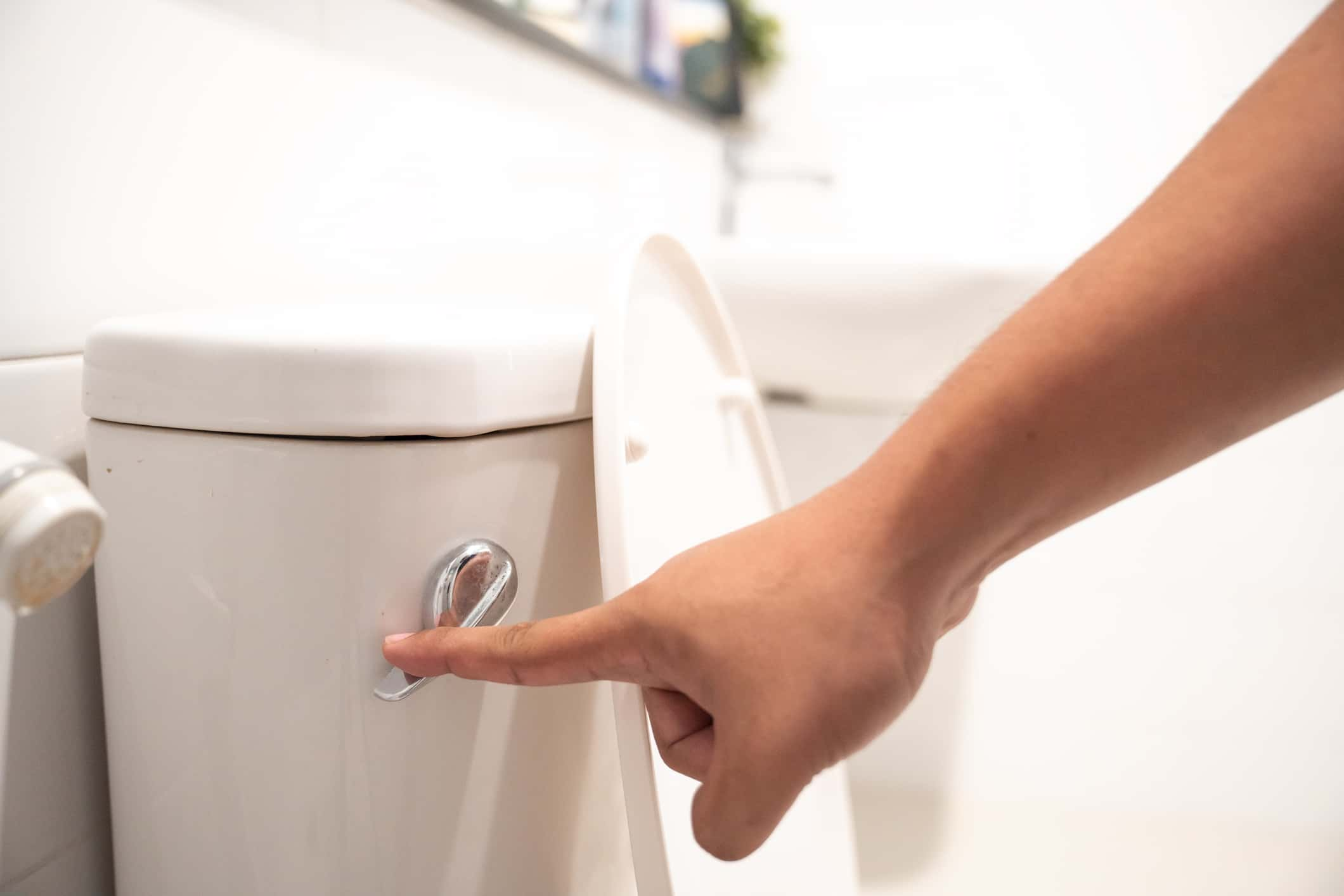

Articles
Why Does Poop Stick To The Toilet
Modified: January 21, 2024
Discover informative articles on why poop sticks to the toilet and learn more about this common bathroom phenomenon.
(Many of the links in this article redirect to a specific reviewed product. Your purchase of these products through affiliate links helps to generate commission for Storables.com, at no extra cost. Learn more)
Introduction
Let’s face it – dealing with poop is an unavoidable part of our daily lives. Whether it’s at home, in public restrooms, or even in the office, we all encounter the puzzling phenomenon of poop sticking to the toilet. It can be a source of frustration and confusion, leaving us wondering why it happens and how to prevent it. In this article, we will delve into the world of poop stickiness, exploring the scientific explanations behind it and providing useful tips for keeping your toilet bowl clean.
Before we get into the nitty-gritty details, it’s important to understand the composition of poop. Human feces consist of water, undigested food particles, bacteria, mucus, and other waste products. The consistency and stickiness of poop can vary depending on various factors, including diet, hydration levels, and overall digestive health.
Toilet flushing is a process that involves the use of water to evacuate waste from the toilet bowl. The force with which water enters the bowl during flushing helps to dislodge and carry away the poop. However, sometimes, despite a powerful flush, poop stubbornly sticks to the toilet surface. This can be attributed to a combination of factors, including the design of the toilet and the stickiness of the poop itself.
When it comes to toilet design, different models employ different bowl shapes and surface materials. Some toilets have a more streamlined bowl shape with a smoother surface, while others have more intricate designs or rougher surfaces. These design variations can affect how well poop adheres to the bowl. Additionally, the material used in the construction of the toilet bowl can also impact the stickiness of poop. Porcelain or ceramic surfaces tend to be less prone to poop sticking compared to plastic or resin materials.
Now, let’s dive into the science behind why poop sticks to toilet surfaces. The stickiness of poop is primarily due to its composition and the presence of mucus. Mucus, a thick and slimy substance produced by the intestines, helps to lubricate and protect the digestive tract. It can also stick to surfaces, including the toilet bowl. When poop comes into contact with the toilet surface, the mucus acts as a glue, causing the poop to cling to the bowl and resist flushing.
Several factors can contribute to the stickiness of poop. One major factor is the water content of the feces. If the poop is dehydrated or dry, it is more likely to stick to the toilet bowl. On the other hand, high water content in the feces makes it easier for the poop to slide off and flush away.
It’s important to note that the stickiness of poop differs from person to person and can also vary within the same individual. Factors such as diet, hydration, and gut health can all affect the composition and stickiness of poop. Certain medical conditions or medications can also lead to stickier feces.
There are common misconceptions surrounding poop stickiness. One prevailing belief is that the stickiness is due to poor hygiene or inadequate cleaning. While cleanliness is important, poop sticking to the toilet is not solely a result of poor cleaning habits. It is a natural occurrence that can happen to anyone, regardless of hygiene practices. Understanding the science behind it is the key to preventing and managing the issue.
Now that we have a better understanding of why poop sticks to the toilet, let’s explore some practical tips for preventing this sticky situation and keeping your toilet bowl clean and hygienic.
Key Takeaways:
- Understanding the composition of poop, the role of water in toilet flushing, and the impact of toilet design can help prevent poop from sticking to the toilet and maintain a clean and hygienic bathroom environment.
- Practical tips such as staying hydrated, eating a fiber-rich diet, and choosing a toilet with a smooth surface can minimize the chances of poop sticking to the toilet, ensuring a frustration-free bathroom experience.
Read more: Why Does My Poop Sink In The Toilet
Understanding the Composition of Poop
Poop, also known as feces or stool, is the waste material that is eliminated from the body through the rectum. It is a product of the digestive system and contains various substances that the body does not need or cannot absorb. Understanding the composition of poop can help shed light on why it sticks to the toilet and provide insights into its overall characteristics.
Human feces consist mainly of water, undigested food particles, bacteria, mucus, and other waste products. The exact composition can vary depending on factors such as diet, hydration levels, and overall digestive health. Here’s a breakdown of the key components found in poop:
- Water: Typically, poop contains approximately 75% water. The amount of water can vary depending on the individual’s hydration levels and the efficiency of their digestive system. Higher water content in the feces can make it less likely to stick to the toilet surface.
- Undigested Food Particles: Food that has not been fully digested or absorbed by the body makes up a significant portion of poop. This can include fiber, which is essential for maintaining healthy bowel movements. Foods high in fiber, such as fruits, vegetables, and whole grains, can contribute to bulkier and more easily movable feces.
- Bacteria: The human digestive system is populated by trillions of bacteria, collectively known as the gut microbiota. These bacteria play a crucial role in digestion, breaking down certain food components and producing beneficial substances. Some of these bacteria are passed out of the body through the feces, contributing to its composition.
- Mucus: Mucus is a slimy substance produced by the intestines to lubricate and protect the digestive tract. It helps in the smooth passage of food and waste through the digestive system. Mucus can also stick to surfaces, including the toilet bowl, causing poop to adhere and stick instead of flushing away easily.
- Waste Products: The body eliminates various waste products through the feces. This includes substances like bile pigments, which give poop its characteristic color, and metabolic waste products. The presence of these waste products can contribute to the stickiness of poop.
It’s important to note that the consistency and stickiness of poop can vary from person to person and even within the same individual at different times. Factors such as diet, hydration, overall health, and even medications can affect the composition and characteristics of poop. For example, certain medications or medical conditions may cause softer or stickier feces.
Having a basic understanding of the composition of poop allows us to appreciate why it may stick to the toilet surface. The presence of undigested food particles, mucus, and other substances can contribute to its adhesive properties. Now that we have a grasp of the components of poop, let’s move on to explore the role of water in toilet flushing and its impact on poop stickiness.
The Role of Water in Toilet Flushing
When it comes to flushing away poop from the toilet bowl, water plays a vital role. The force and volume of water during flushing help to dislodge and carry away waste, ensuring a clean and hygienic toilet. Understanding the role of water in toilet flushing can help explain why some instances of poop sticking to the toilet occur.
During a standard flush, water rushes into the toilet bowl from the tank or cistern, creating a powerful flow that pushes the waste towards the drain. The force of the water helps to break apart the feces and carry it away, preventing it from sticking to the toilet surface. However, the effectiveness of flushing can be influenced by various factors, including the design and condition of the toilet and the consistency of the poop.
Firstly, let’s consider the design of the toilet bowl. Different toilets have different bowl shapes and surface materials, which can affect how well poop adheres to the surface. Some toilets have a more streamlined design and a smoother surface, allowing waste to slide off easily during flushing. Conversely, toilets with more intricate or angular designs can provide cavities and crevices where poop can get trapped, making it more likely to stick.
The material of the toilet bowl also plays a role. Porcelain or ceramic surfaces, commonly found in most toilets, tend to be smoother and less porous, making it harder for poop to adhere. On the other hand, plastic or resin materials may have rougher surfaces that can provide more opportunities for poop to stick.
Now, let’s consider the consistency of the poop. If the feces have a higher water content, they are generally softer and easier to flush away. However, if the poop is dehydrated or dry, it becomes stickier and more likely to cling to the toilet surface. Hydration levels and diet can greatly impact the moisture content of the feces, influencing how well it flushes away.
It’s worth noting that the force of water during flushing can vary between different toilets. Some toilets may have a more powerful flush mechanism, generating a stronger water flow that aids in removing waste. On the other hand, low-flow or water-efficient toilets may have a gentler flow, which may not be as effective in preventing poop from sticking. It’s important to ensure that your toilet is in good working condition and that the water flow is sufficient for efficient flushing.
In addition to the design and water flow, proper toilet maintenance is crucial to ensure effective flushing. Regular cleaning helps to remove any residue or buildup that may interfere with the flow of water. Deposits such as mineral buildup or hard water stains can create rough surfaces in the toilet bowl, providing more opportunities for poop to stick. By keeping your toilet clean and well-maintained, you can optimize its flushing capabilities.
While water is a key element in toilet flushing, it alone may not always be enough to prevent poop from sticking to the toilet surface. In the following section, we will explore the science behind why poop sticks and delve into the factors that contribute to its stickiness.
Toilet Design and Its Impact on Poop Stickiness
Have you ever wondered why some toilets seem to have a higher tendency for poop to stick, while others flush everything away effortlessly? The design of the toilet bowl itself can play a significant role in the stickiness of poop. Understanding how toilet design impacts poop stickiness can help you choose the right toilet and take preventive measures to keep your toilet clean.
The shape and surface of the toilet bowl are critical factors determining how well waste can be flushed away. Some toilets have a more streamlined bowl shape with a smooth and evenly contoured surface. These bowls are designed to promote better flow and enable waste to slide off easily during flushing. On the other hand, toilets with more complex or angular bowl shapes can create areas where poop can get trapped, leading to a higher likelihood of stickiness.
Another consideration is the material used to construct the toilet bowl. Most toilets are made of porcelain or ceramic, which have smooth and non-porous surfaces. These materials are less likely to provide sticking points for poop and are generally easier to clean. However, some toilets may be made of plastic or resin materials, which can have rougher surfaces or be more prone to scratches. Such surfaces can create opportunities for poop to stick and be more difficult to remove during flushing.
The size of the flush outlet, the hole at the bottom of the bowl, also affects how effectively waste is removed. A larger flush outlet allows for a more forceful flow of water, helping to dislodge and carry away waste. On the other hand, a smaller flush outlet may result in a weaker flow, which can contribute to a higher likelihood of poop sticking to the bowl surface.
In addition to the shape and material of the toilet bowl, certain features can enhance flushing performance. Rimless toilets, for example, are designed without the traditional rim along the top inner edge of the bowl. This design eliminates hidden surfaces where waste and bacteria can accumulate, making cleaning easier and reducing the chances of poop sticking. Rimless toilets can promote better water flow during flushing, leading to more efficient waste removal.
It’s important to note that modern toilet designs often incorporate water-saving features, such as dual-flush mechanisms or low-flow technology. While these innovations are beneficial for conserving water, they may result in a less forceful flush compared to older or less water-efficient toilets. A weaker flush can increase the likelihood of poop sticking, especially if the consistency of the feces is on the stickier side.
Regular cleaning and maintenance are crucial to prevent the buildup of hard water stains, mineral deposits, or other substances that can create rough surfaces in the toilet bowl. Deposits can provide additional sticking points for poop, making it more difficult to flush away. By keeping your toilet clean and free from buildup, you can minimize the chances of poop sticking and maintain optimal flushing performance.
Choosing a toilet with a design that promotes efficient flushing and easy cleaning can greatly reduce the risk of poop stickiness. Additionally, proper maintenance and regular cleaning practices will contribute to a hygienic toilet that is less prone to poop sticking and easier to keep clean.
In the next section, we will explore the scientific reasons behind why poop sticks to toilet surfaces and discuss the factors contributing to its stickiness.
The Science Behind Poop Sticking to Toilet Surfaces
It’s a common and frustrating experience: you flush the toilet, expecting the poop to be whisked away, only to find it stubbornly sticking to the bowl. But what causes poop to adhere to toilet surfaces? To understand this phenomenon, we need to dive into the science behind why poop sticks.
The sticky nature of poop primarily stems from the presence of mucus. Mucus is a thick, slimy substance produced by the intestines to lubricate and protect the digestive tract. It helps in the smooth passage of food and waste through the gut. When poop comes into contact with the toilet surface, the mucus acts as a glue, causing the poop to cling rather than slide off during flushing.
Aside from mucus, several other factors contribute to the stickiness of poop. One significant factor is the water content of the feces. The drier the poop, the stickier it tends to be. When feces lack sufficient moisture, they become more prone to sticking to the toilet bowl. On the other hand, higher water content results in softer, less sticky feces that are easier to flush away.
The composition of the poop also plays a role in its adhesive properties. Poop consists of undigested food particles, waste products, bacteria, and mucus, all of which contribute to its stickiness. The presence of certain components, such as partially digested fibers or sticky substances produced during digestion, can increase the likelihood of poop sticking to toilet surfaces.
The design and material of the toilet bowl can further influence the stickiness of poop. Smooth, non-porous materials like porcelain or ceramic are less likely to provide sticking points for poop and are generally easier to clean. In contrast, rough or porous surfaces like plastic or resin can create more opportunities for poop to stick.
The force generated during flushing is another crucial factor. Ideally, a powerful flush will dislodge and carry away poop. However, if the flush is not forceful enough, or if the design of the toilet bowl creates areas where waste can collect, poop may cling to the surface instead of being flushed away.
It’s essential to note that the stickiness of poop can vary from person to person and even within the same individual. Diet, hydration levels, gut health, and certain medications can all impact the composition and stickiness of stool. Some medical conditions or digestive disorders may also result in stickier feces.
Contrary to popular belief, poop sticking to toilet surfaces is not solely a result of poor cleaning or hygiene practices. Even with meticulous cleaning, the adhesive properties of poop can lead to stubborn residue. Understanding the scientific reasons behind poop stickiness can help individuals address the issue more effectively and take preventive measures.
In the following section, we will debunk common misconceptions about poop stickiness and provide practical tips for preventing poop from sticking to toilet surfaces.
To prevent poop from sticking to the toilet, try using a toilet brush to scrub the bowl after each use. This can help remove any residue and prevent buildup.
Factors Contributing to Poop Stickiness
While the stickiness of poop can vary from person to person, there are several factors that commonly contribute to the adhesive properties of feces. Understanding these factors can shed light on why some instances of poop sticking to toilet surfaces occur more frequently than others. Let’s explore the key factors that play a role in poop stickiness.
Water Content: The water content of the feces is a significant determinant of its stickiness. Dry or dehydrated poop tends to be stickier and more likely to cling to toilet surfaces. On the other hand, higher water content in the feces makes it softer and easier to flush away. Maintaining proper hydration levels can help produce feces with optimal water content.
Dietary Fiber: Diet plays a crucial role in poop stickiness. Consuming an adequate amount of dietary fiber promotes regular bowel movements and softer stools. Foods rich in fiber, such as fruits, vegetables, whole grains, and legumes, add bulk to the feces and can prevent them from becoming too sticky. Incorporating fiber-rich foods into your diet can help regulate bowel movements and reduce stickiness.
Gut Health: The health of your digestive system and gut microbiota can also affect the stickiness of poop. An imbalance of gut bacteria or certain digestive disorders can alter the composition and characteristics of feces, potentially leading to stickier stools. Taking care of your gut health through a balanced diet, regular exercise, and adequate hydration can contribute to healthier bowel movements.
Medications and Medical Conditions: Certain medications and medical conditions can impact the stickiness of poop. For example, some medications, such as antacids or certain antibiotics, can alter the composition of feces and make them stickier. Medical conditions like irritable bowel syndrome (IBS) or inflammatory bowel disease (IBD) can also result in stickier stools. If you suspect that a medication or medical condition is contributing to poop stickiness, consult with your healthcare provider for guidance.
Mucus Production: The presence of mucus in the stool can significantly contribute to its stickiness. Mucus is produced by the intestines to lubricate and protect the digestive tract. When poop comes into contact with the toilet surface, the mucus acts as a glue, causing the poop to cling rather than easily flush away. The production of mucus can be influenced by various factors, including hydration, gut health, and certain medical conditions.
Toilet Design and Material: The design and material of the toilet bowl can impact poop stickiness. Smooth and non-porous materials, such as porcelain or ceramic, are generally less likely to provide sticking points for poop. In contrast, rough or porous surfaces, such as plastic or resin, can create more opportunities for poop to stick. The shape and size of the toilet bowl, as well as the force and direction of the flush, also contribute to the ability to flush away waste effectively.
Consistency and Characteristics: The overall consistency and characteristics of the poop, including its composition and texture, can influence its stickiness. Factors such as the presence of undigested food particles, waste products, or partially digested fibers can contribute to stickiness. Additionally, medical conditions or dietary factors that affect poop consistency can impact its adhesive properties.
It’s important to note that the combination of these factors can vary from person to person, resulting in individual differences in poop stickiness. By understanding these contributing factors, individuals can make informed choices regarding their diet, hydration, and toilet maintenance to minimize the likelihood of poop sticking to toilet surfaces.
In the next section, we will address common misconceptions about poop stickiness and provide practical tips for preventing poop from sticking to the toilet.
Common Misconceptions about Poop Stickiness
Dealing with poop sticking to the toilet can be a frustrating and unpleasant experience. However, there are several common misconceptions surrounding poop stickiness that can lead to misunderstandings and unnecessary concern. Let’s debunk these misconceptions and set the record straight.
Misconception 1: Poop stickiness is primarily a result of poor hygiene or inadequate cleaning.
This is a common misconception. The stickiness of poop is not solely a result of poor cleaning habits. Poop can stick to toilet surfaces due to a combination of factors, including the composition of the poop itself and the design of the toilet. Even with meticulous cleaning, the adhesive properties of poop can still lead to residue. Understanding the scientific reasons behind poop stickiness enables us to address the issue effectively.
Misconception 2: Poop stickiness is a sign of poor digestive health.
While digestive health can influence poop characteristics, poop stickiness is not necessarily an indicator of poor digestive health. Factors such as hydration, diet, and gut microbiota composition can all play a role in the stickiness of poop. However, occasional instances of stickiness do not automatically signify underlying health issues. If you have concerns about your digestive health, it is best to consult your healthcare provider for evaluation and guidance.
Misconception 3: The stickiness of poop is solely determined by hygiene practices.
While hygiene practices are important for maintaining a clean toilet, they are not the sole determining factor in poop stickiness. Poop stickiness is influenced by various factors, such as water content, mucus production, and toilet design. Keeping a clean toilet is crucial for overall hygiene, but it may not completely eliminate the chances of poop sticking. Understanding the contributing factors can help individuals take preventive measures more effectively.
Misconception 4: Poop stickiness is always a cause for concern.
Though somewhat inconvenient, occasional instances of poop sticking to the toilet are generally not a cause for concern. Poop stickiness can vary from person to person and even within the same individual due to factors like diet and hydration. However, if you experience persistent changes in poop characteristics, such as chronic stickiness or other digestive symptoms, it may be worth consulting with a healthcare professional.
Misconception 5: Regular toilet cleaning is unnecessary if poop doesn’t stick.
Regular toilet cleaning is important for maintaining hygiene, even if you don’t frequently encounter poop stickiness. Deposits such as hard water stains or mineral buildup can accumulate over time, creating rough surfaces and potentially contributing to poop sticking in the future. Regular cleaning helps prevent the buildup of residue and maintains a hygienic toilet environment.
By dispelling these misconceptions, we can approach poop stickiness with a clearer understanding. In the next section, we will provide practical tips for preventing poop from sticking to the toilet and keeping your toilet bowl clean.
Tips for Preventing Poop from Sticking to the Toilet
Dealing with poop sticking to the toilet can be a frustrating and unpleasant experience. However, there are several preventive measures you can take to minimize the chances of poop sticking and keep your toilet clean. Here are some practical tips to help you prevent poop from sticking to the toilet:
1. Stay Hydrated: Maintaining proper hydration is essential for overall digestive health and can help regulate bowel movements. Drinking an adequate amount of water throughout the day can ensure that feces have optimal moisture content, making them less likely to stick to the toilet bowl.
2. Eat a Fiber-Rich Diet: Consuming a diet rich in dietary fiber, such as fruits, vegetables, whole grains, and legumes, can promote regular bowel movements and softer stools. Fiber adds bulk to the feces and makes them easier to pass. Softer stools are less likely to stick to the toilet surface and can be flushed away more effortlessly.
3. Maintain Good Gut Health: Taking care of your gut health can contribute to healthier bowel movements. Eat a balanced diet that includes probiotic-rich foods like yogurt, kefir, or fermented vegetables to promote a diverse and healthy gut microbiota. Regular exercise and adequate sleep also support good digestive function.
4. Opt for a Toilet with a Smooth Surface: When choosing a toilet, look for one with a smooth and non-porous surface, such as porcelain or ceramic. These materials are generally less prone to poop sticking and are easier to clean. Avoid toilets with rough or porous surfaces that can provide sticking points for poop.
5. Consider a Rimless Toilet Design: Rimless toilets, which lack the traditional rim along the inner edge of the bowl, eliminate hidden surfaces where waste and bacteria can accumulate. The rimless design also allows for better water flow during flushing, reducing the chances of poop sticking. Consider installing a rimless toilet for easier cleaning and more effective waste removal.
6. Optimize Flushing: To ensure efficient waste removal, flush the toilet with enough force and water volume. If your toilet has a low-flow or water-saving mechanism, consider upgrading to a more efficient model that still provides adequate flushing power. If needed, use dual-flush toilets that offer different flush options for liquid and solid waste.
7. Clean the Toilet Regularly: Regular cleaning is crucial for maintaining a clean and hygienic toilet. Use appropriate cleaning products to remove any residue or buildup that may contribute to poop sticking. Pay attention to areas where waste can collect, such as under the rim and around the flush outlet. Regular cleaning helps prevent rough surfaces and keeps the toilet bowl in optimal condition.
8. Use Toilet Paper as a Barrier: To minimize direct contact between poop and the toilet surface, consider placing a layer of toilet paper in the bowl before using it. The toilet paper can act as a temporary barrier to prevent poop from adhering to the surface. However, remember to avoid excessive use of toilet paper to prevent clogs and plumbing issues.
9. Seek Medical Advice if Necessary: If you consistently experience excessive stickiness or changes in poop characteristics, despite implementing preventive measures, it may be beneficial to consult with a healthcare professional. They can evaluate and provide guidance based on your specific situation.
By following these tips, you can reduce the likelihood of poop sticking to the toilet and enjoy a cleaner and more hygienic bathroom environment. Remember, poop stickiness can vary from person to person, so it’s important to find the practices that work best for you.
While dealing with poop sticking to the toilet can be a hassle, understanding the factors behind it and taking preventive measures can help alleviate the issue. By maintaining good digestive health and optimizing toilet hygiene, you can minimize the chances of poop sticking and keep your toilet clean and fresh.
Remember, these tips are meant to be general guidelines, and individual experiences may vary.
Conclusion
Dealing with poop sticking to the toilet is a common and frustrating experience. However, by understanding the science behind poop stickiness and implementing preventive measures, you can minimize this issue and maintain a clean and hygienic toilet.
We explored the composition of poop and learned that it consists of water, undigested food particles, bacteria, mucus, and waste products. These components, along with various factors such as diet, hydration, and gut health, can influence the stickiness of poop.
Water plays a crucial role in toilet flushing, as it helps dislodge and carry away waste from the toilet bowl. The design and material of the toilet bowl can also impact poop stickiness, with smooth and non-porous surfaces being less prone to sticking. Understanding the factors contributing to poop stickiness can guide your choice of toilet and maintenance practices.
While there are common misconceptions surrounding poop stickiness, we debunked them and provided accurate information. Poop stickiness is not solely a result of poor hygiene or inadequate cleaning, nor does it always indicate poor digestive health. It is a natural occurrence influenced by various factors.
We shared practical tips for preventing poop from sticking to the toilet. Staying hydrated, consuming a fiber-rich diet, maintaining good gut health, and using a toilet with a smooth surface are some of the measures you can take. Proper flushing, regular cleaning, and using toilet paper as a barrier can also help minimize poop stickiness.
In conclusion, poop sticking to the toilet is a universal challenge that can be managed by understanding its causes and implementing preventive measures. By adopting good hygiene practices, paying attention to diet and hydration, and choosing the right toilet, you can greatly reduce the likelihood of poop sticking to the toilet surface.
Remember, individual experiences may vary, and it’s important to find the practices that work best for you. With these tips in mind, you can maintain a clean and comfortable bathroom environment, free from the frustrations of poop stickiness.
Frequently Asked Questions about Why Does Poop Stick To The Toilet
Was this page helpful?
At Storables.com, we guarantee accurate and reliable information. Our content, validated by Expert Board Contributors, is crafted following stringent Editorial Policies. We're committed to providing you with well-researched, expert-backed insights for all your informational needs.
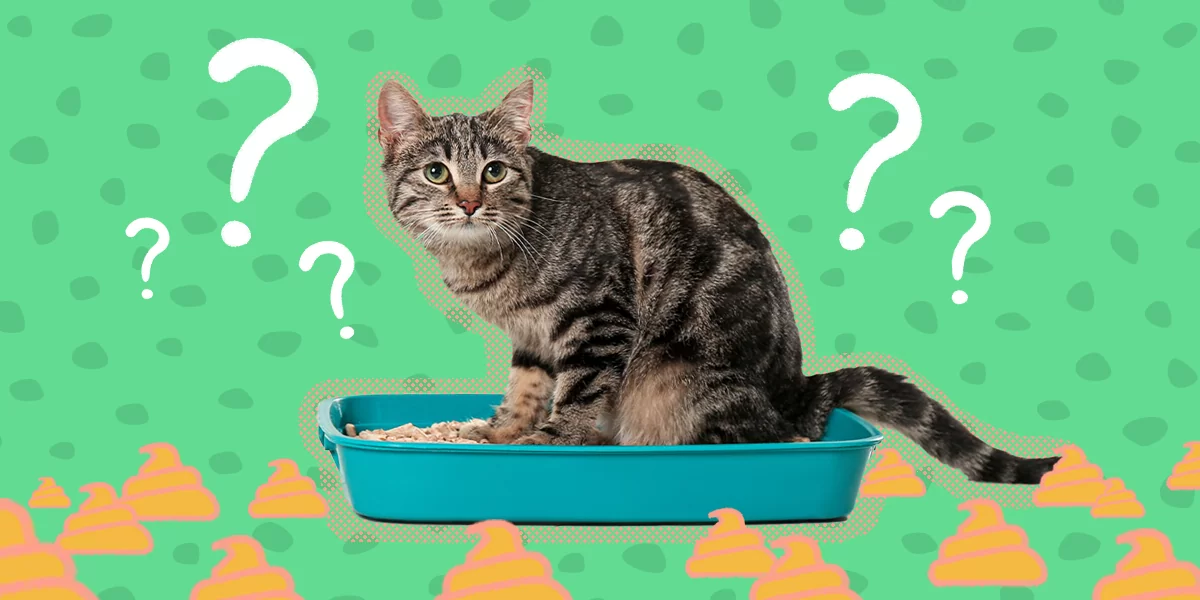
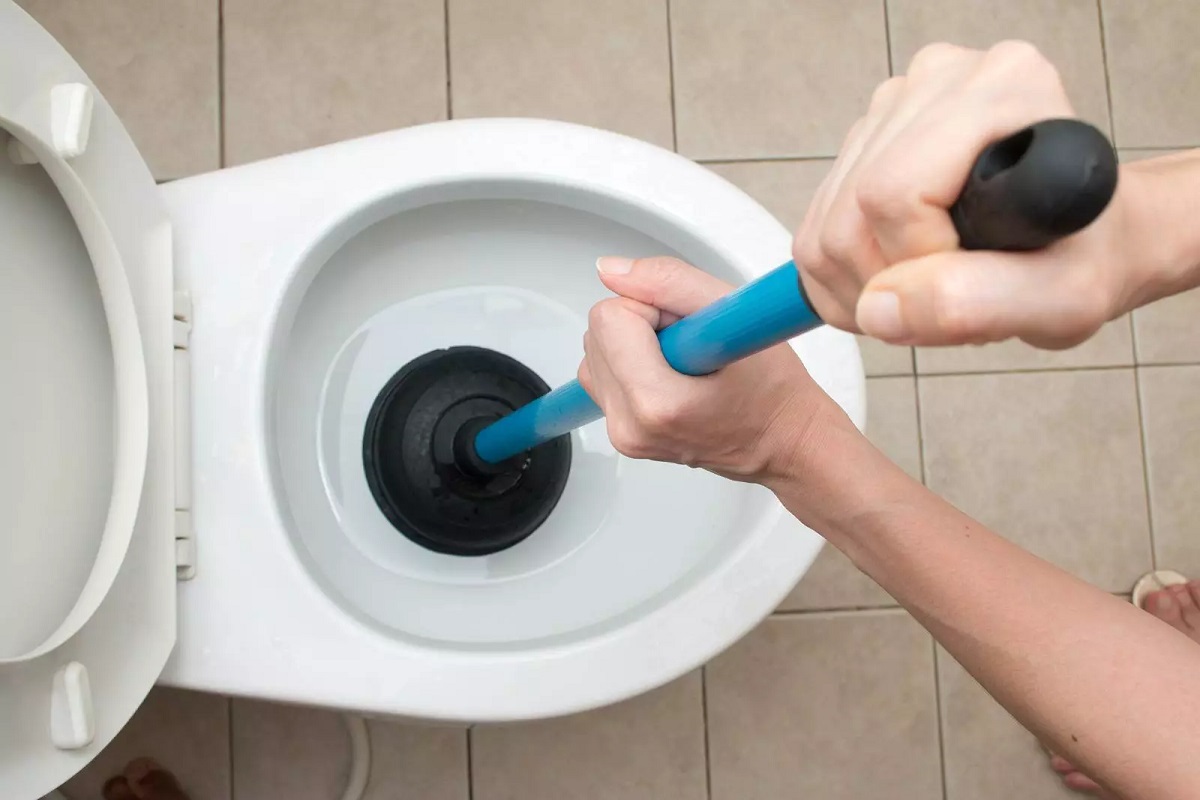
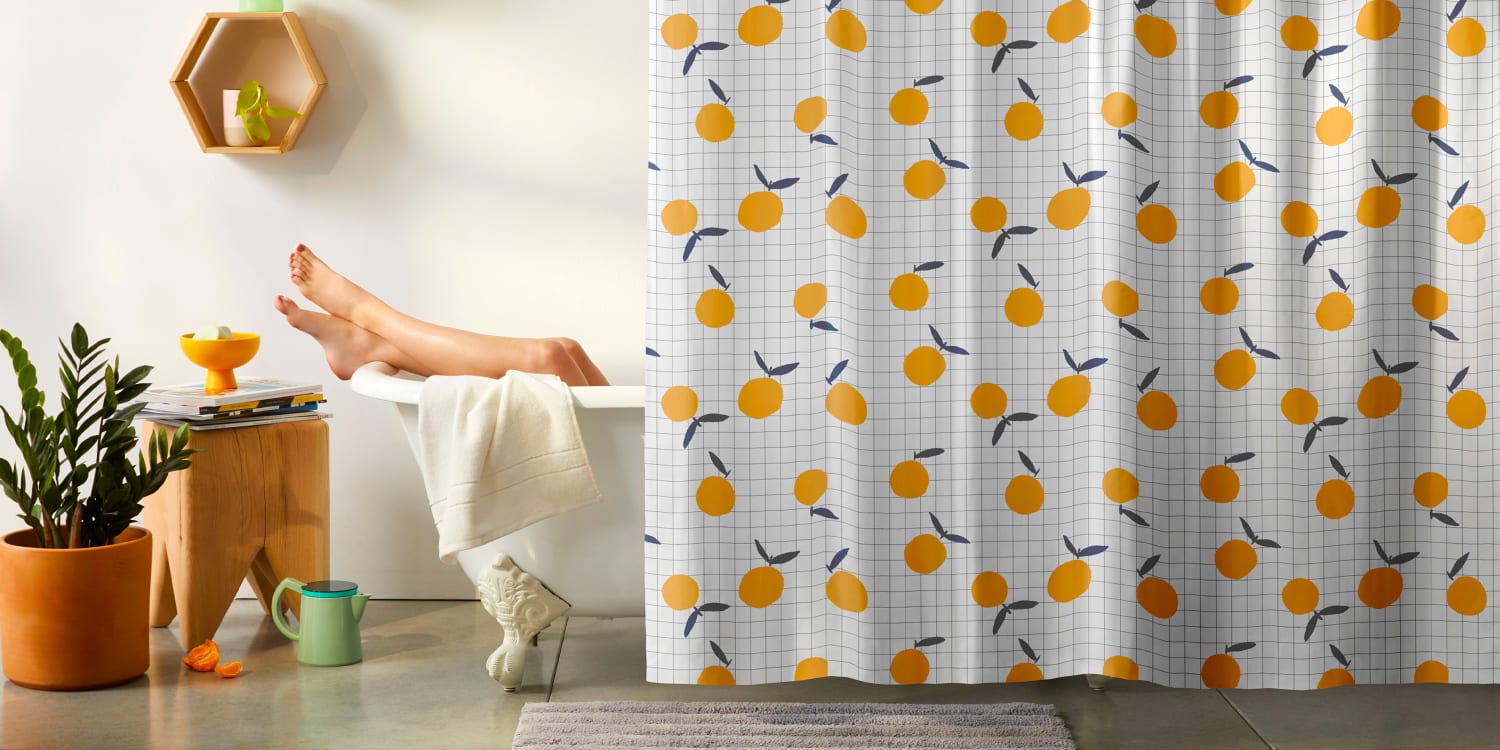
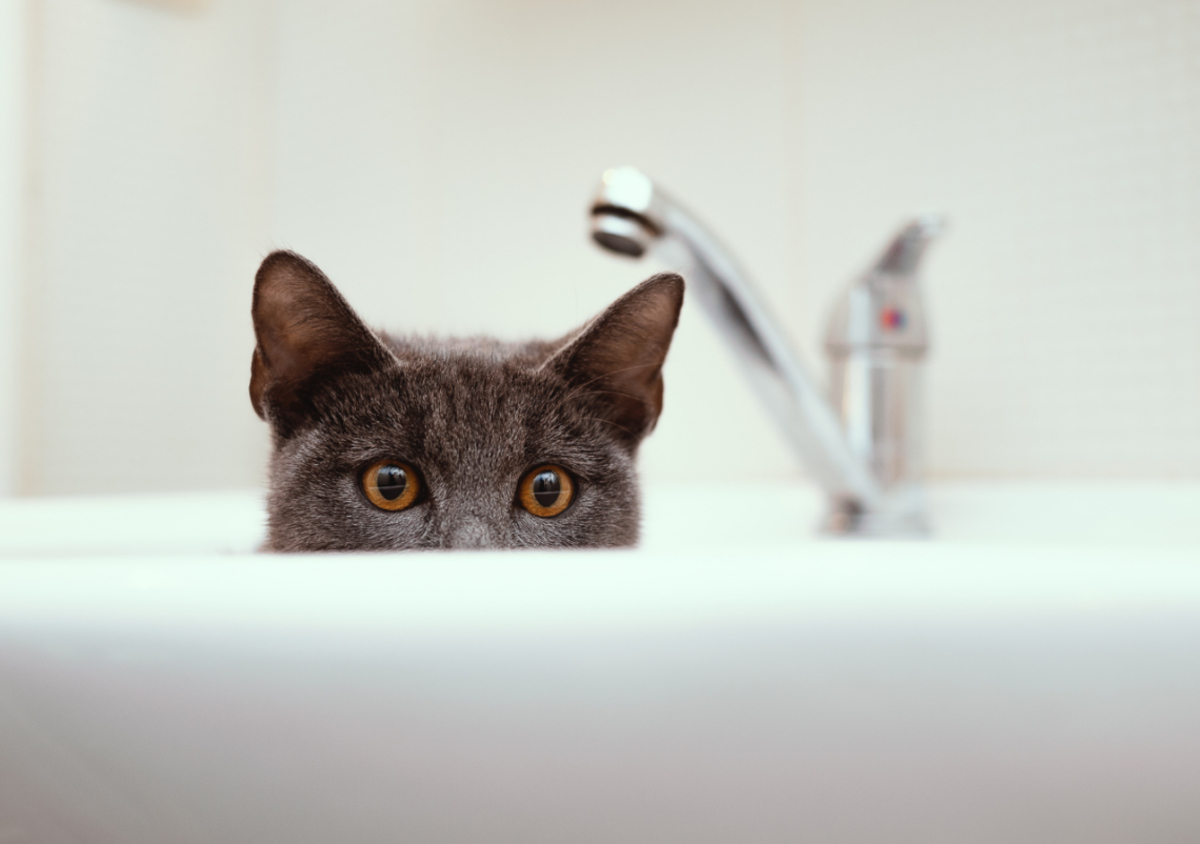
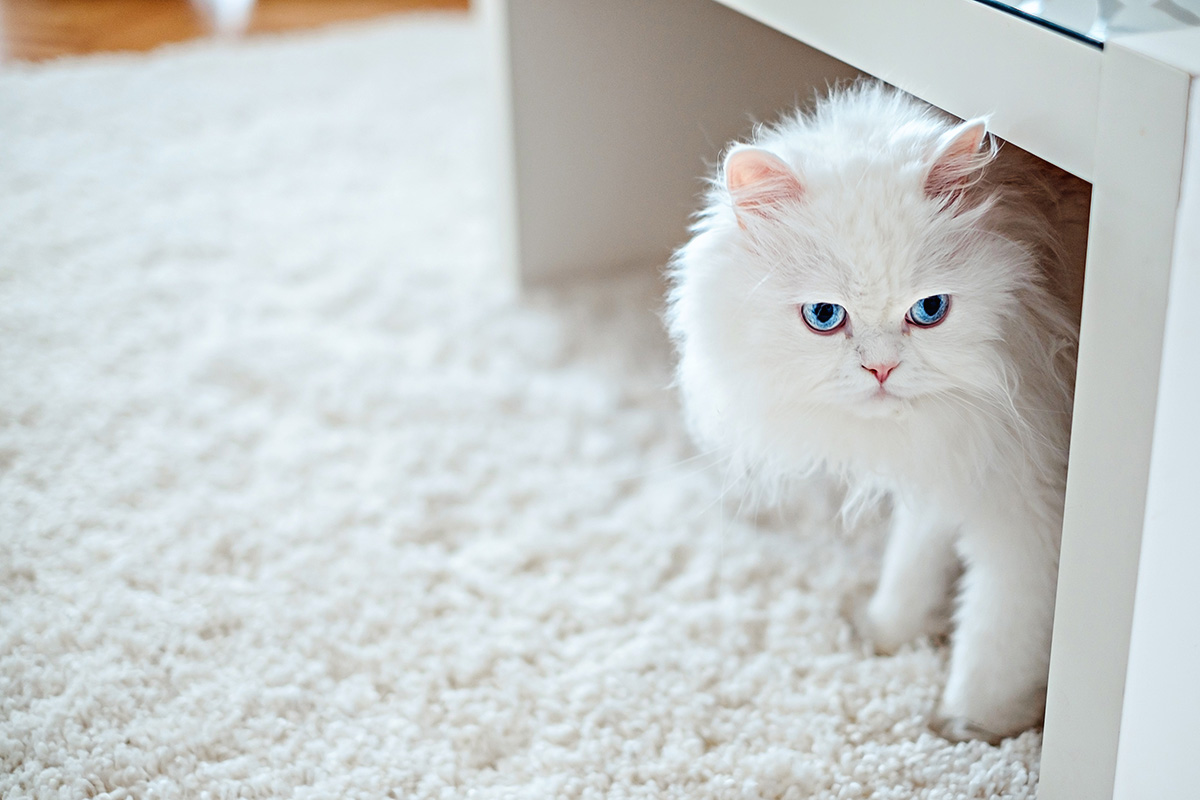
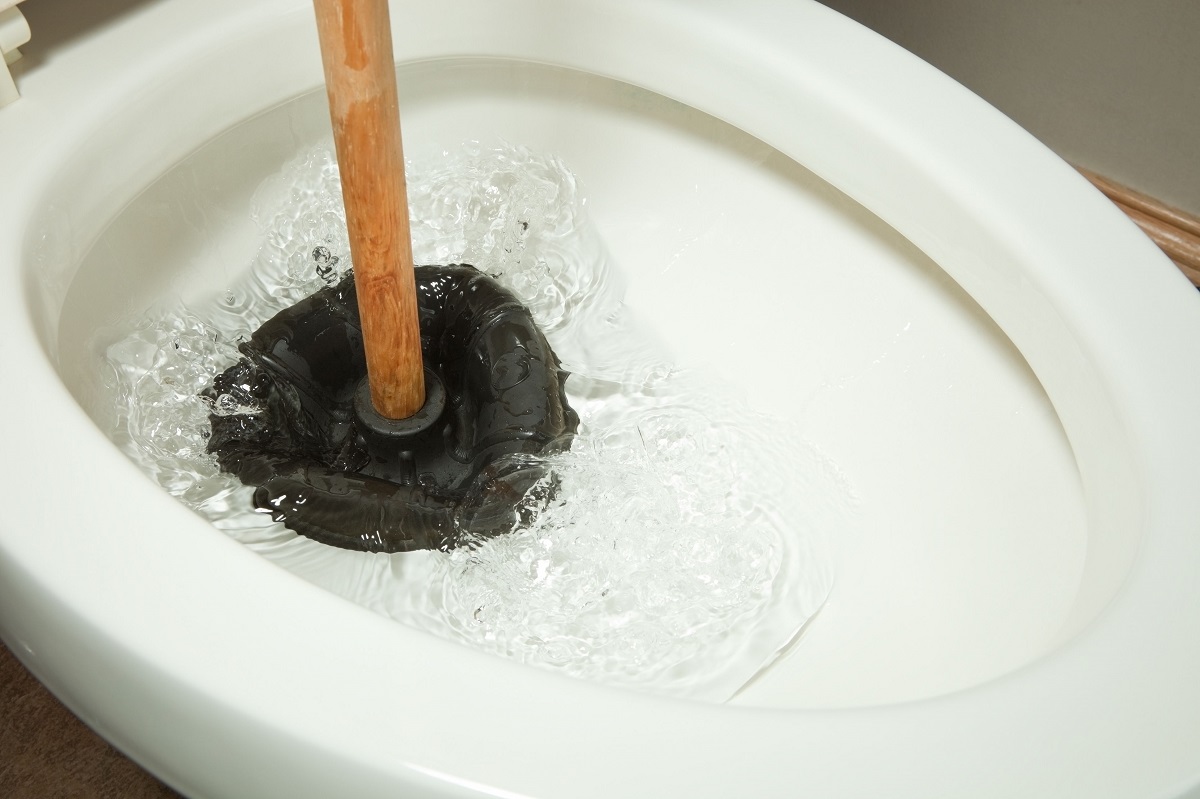
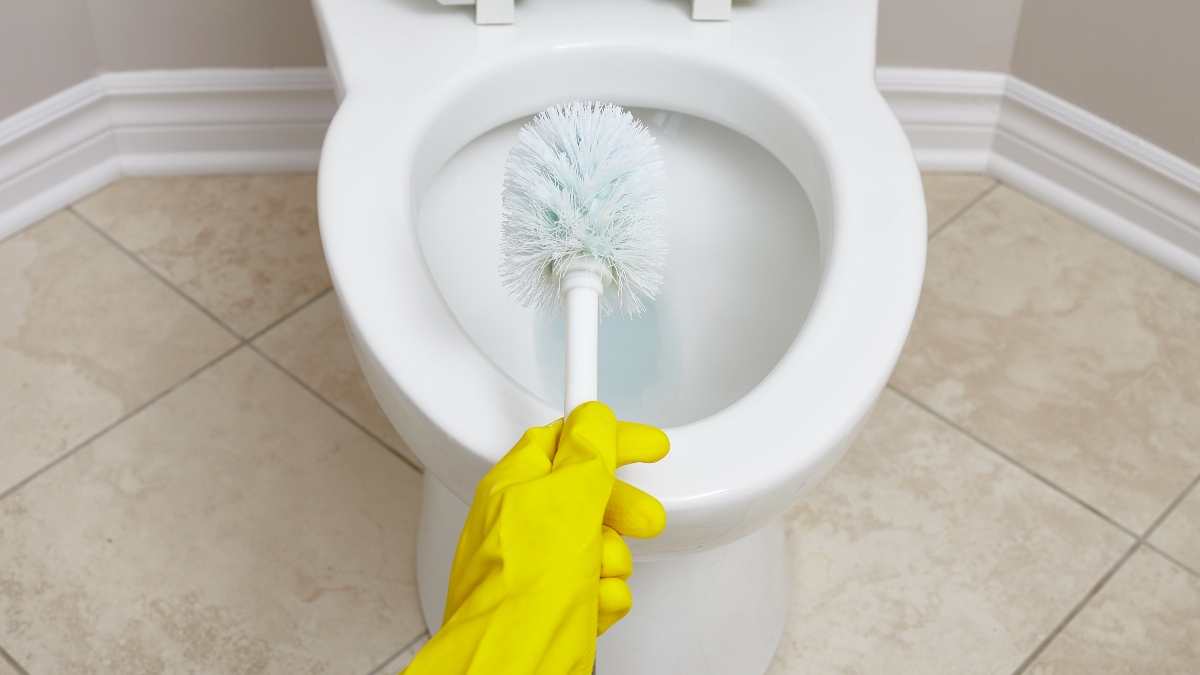
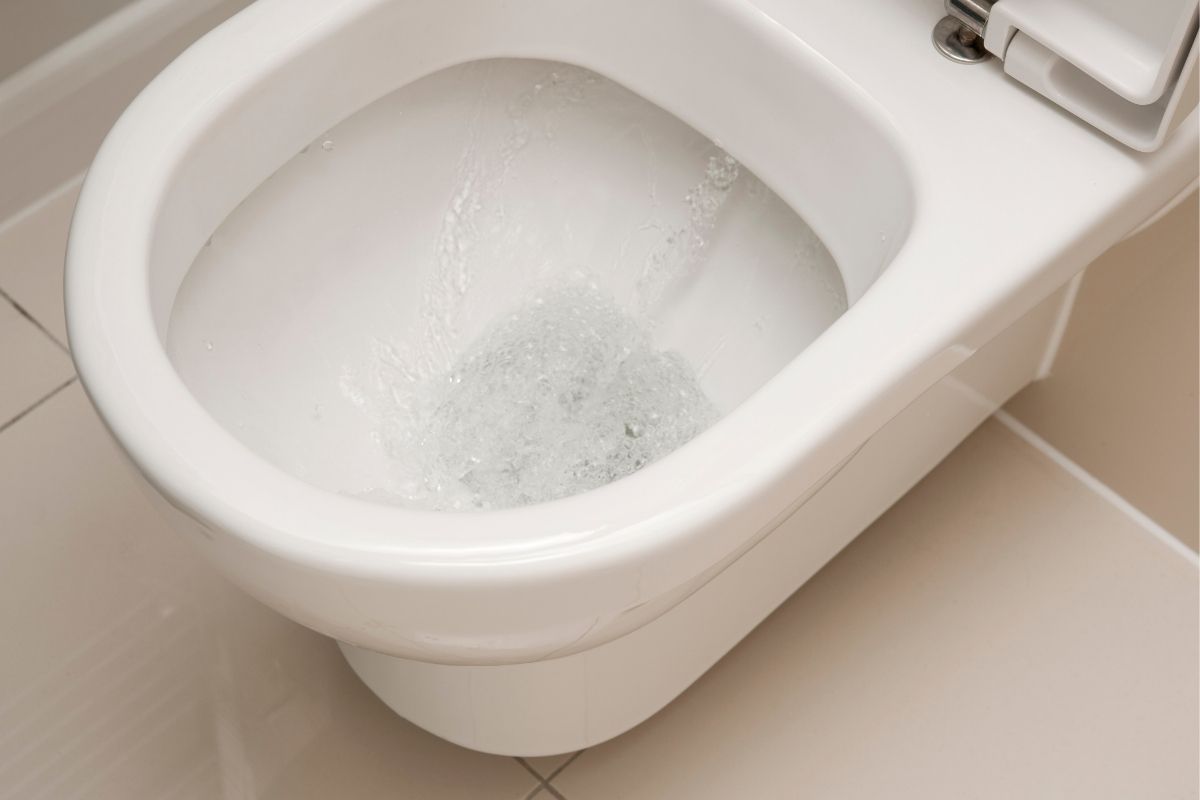
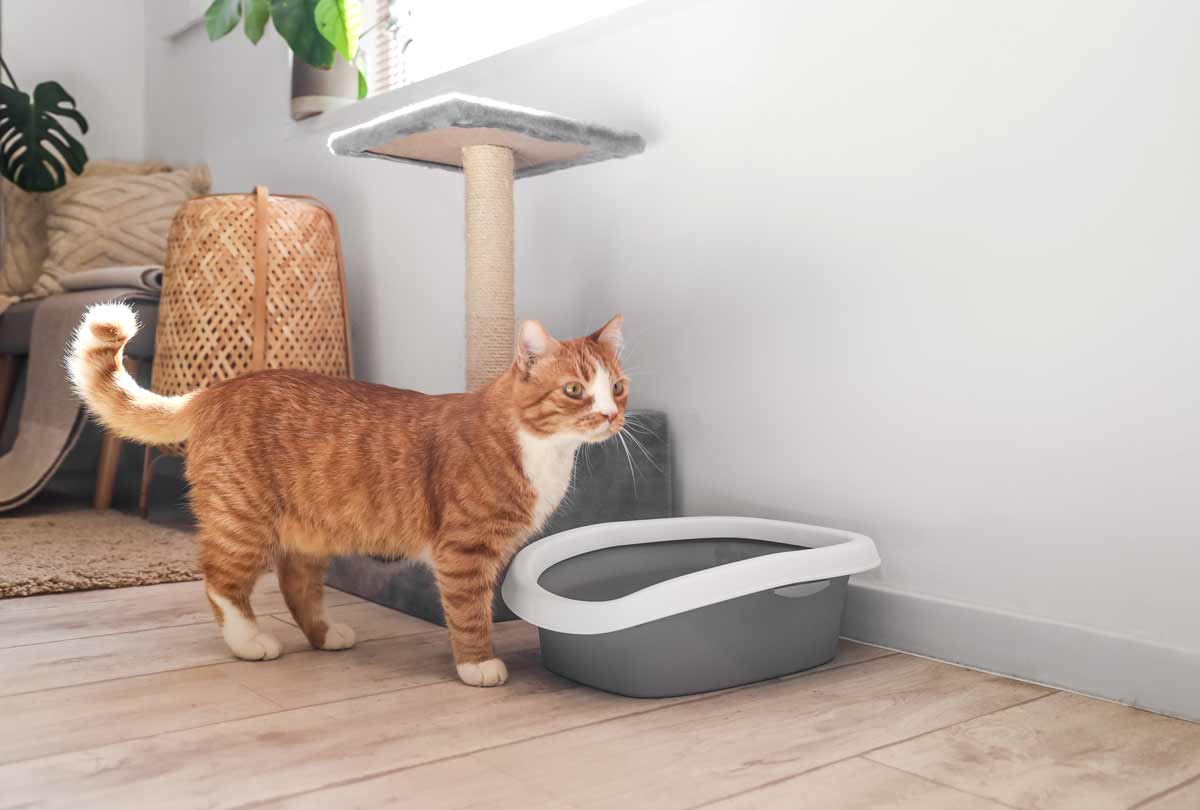
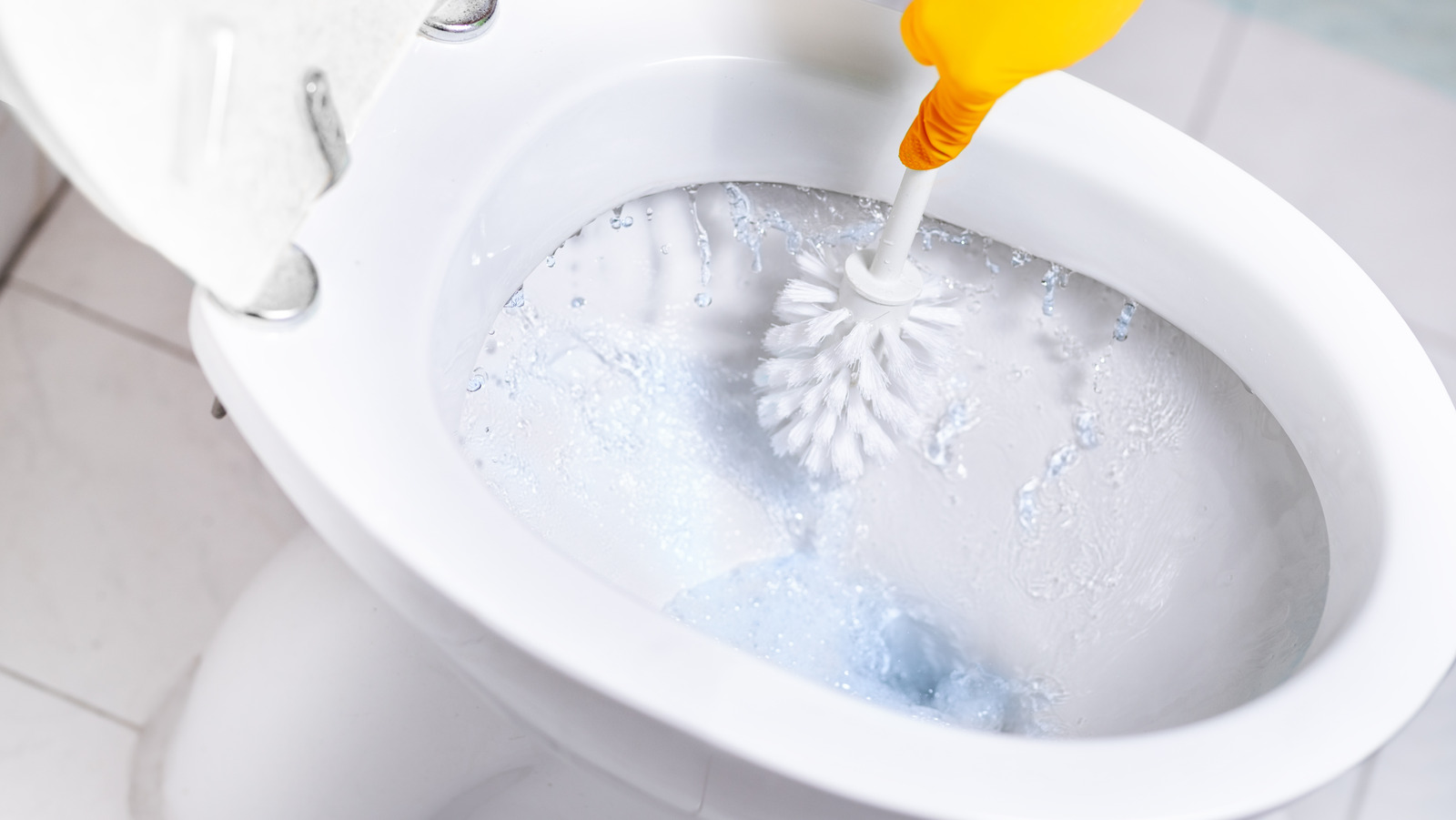
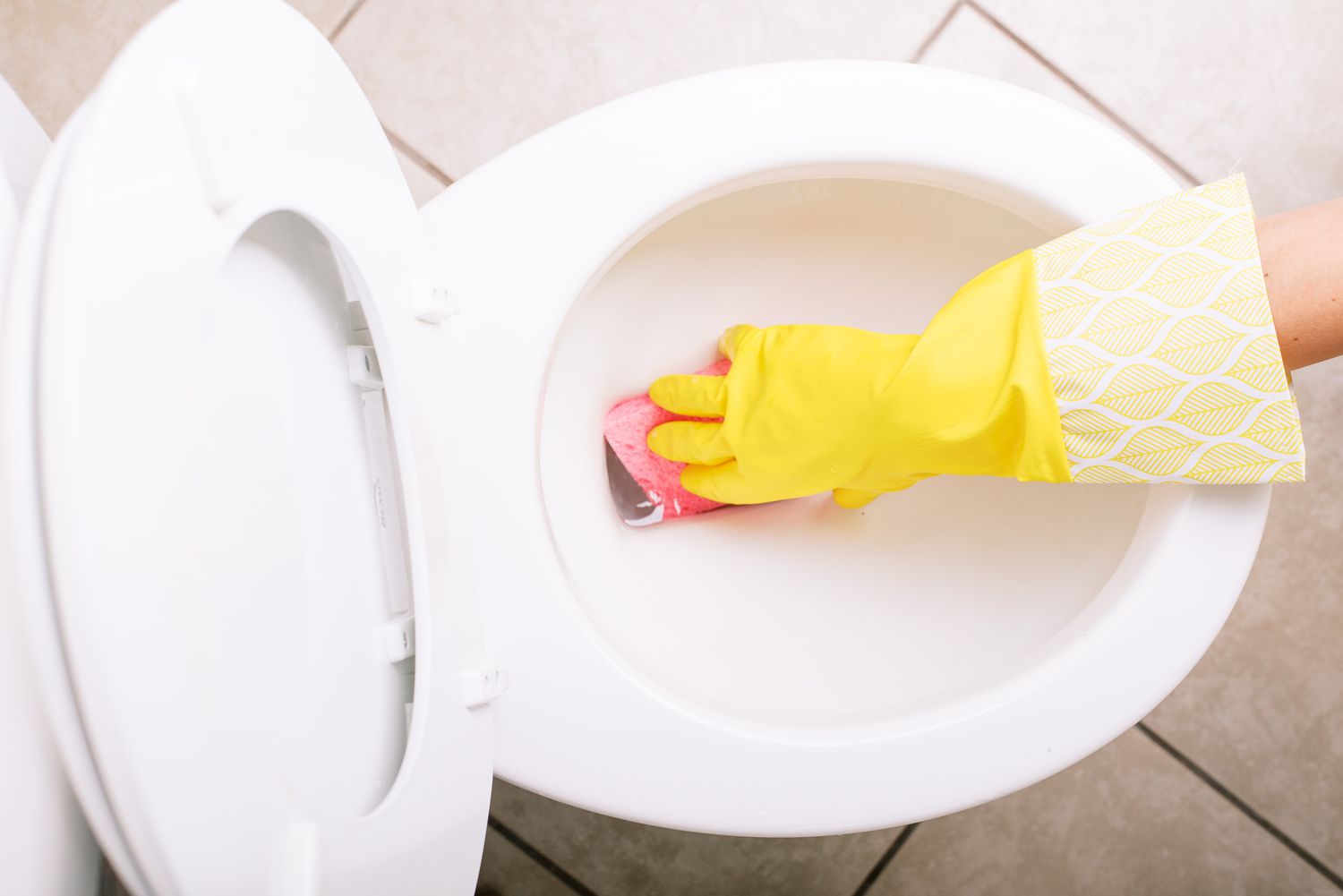
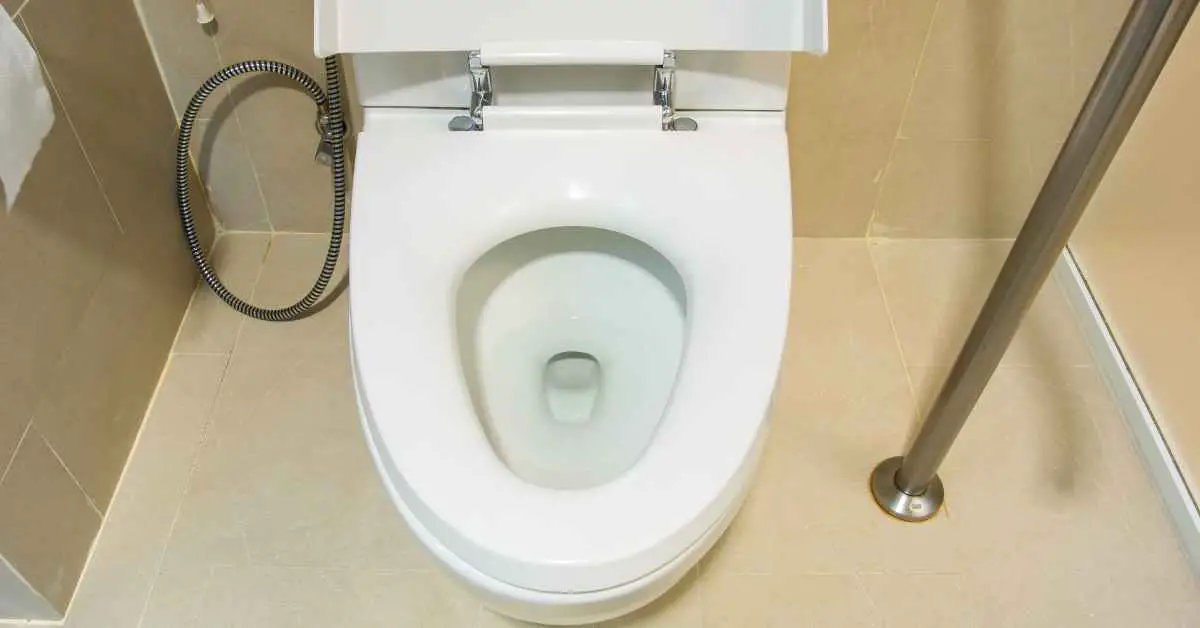
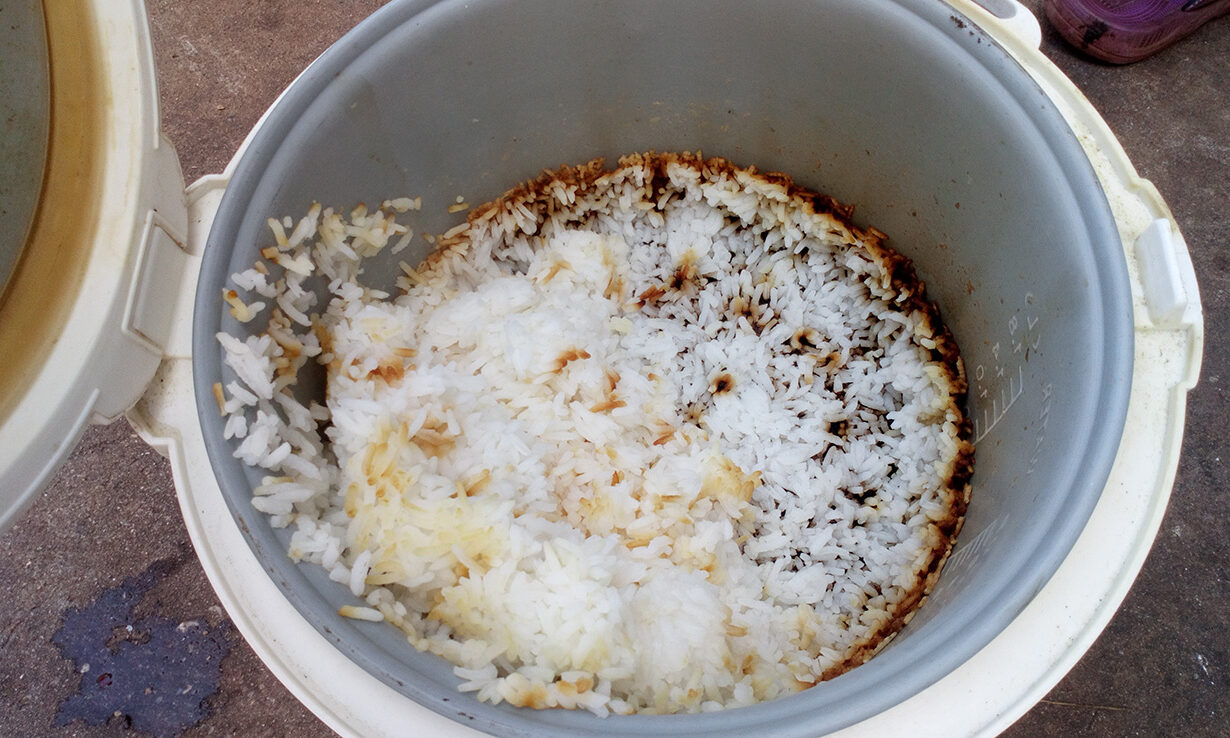
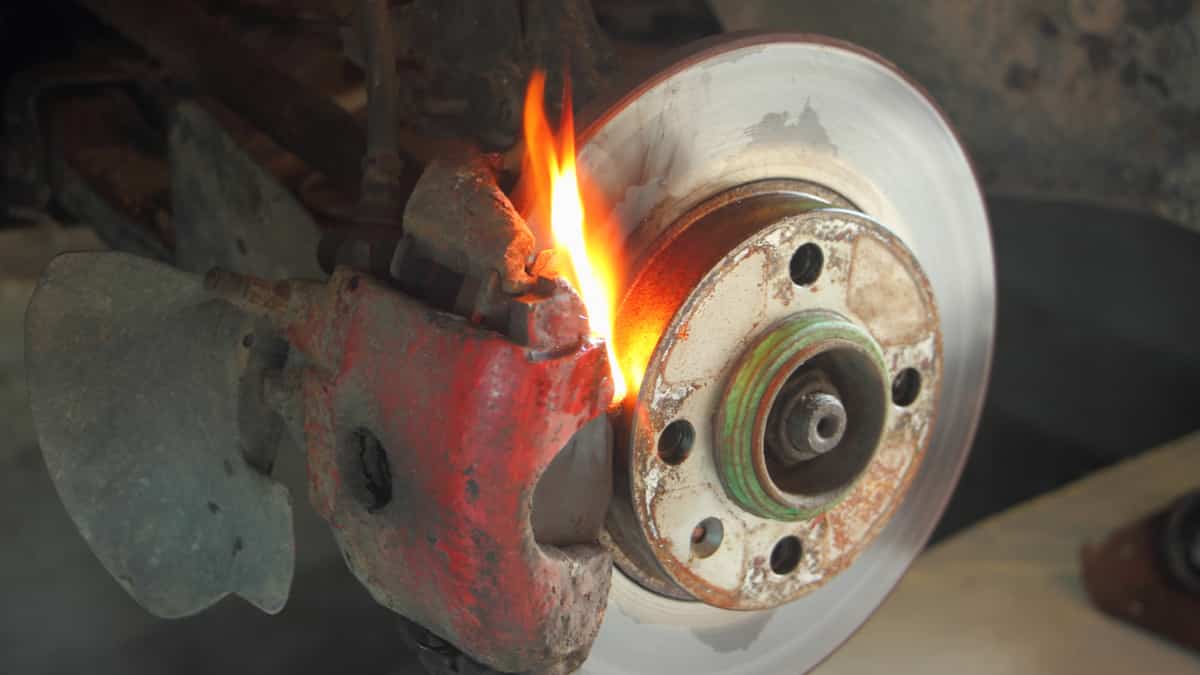

0 thoughts on “Why Does Poop Stick To The Toilet”